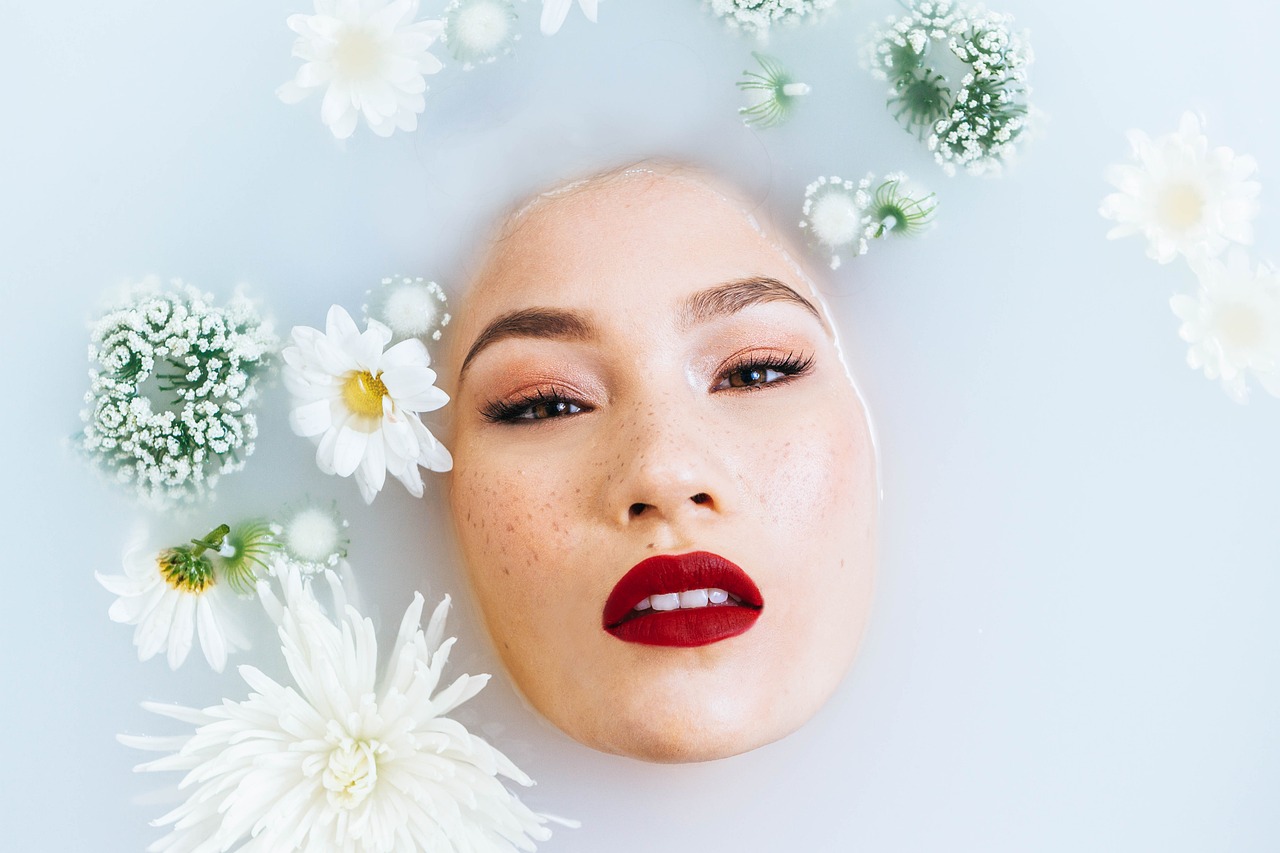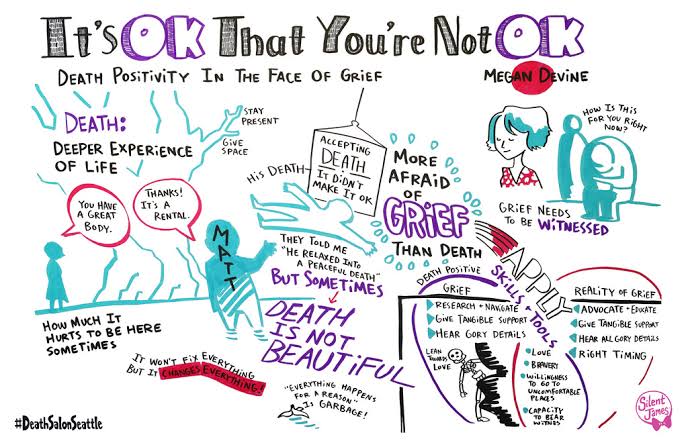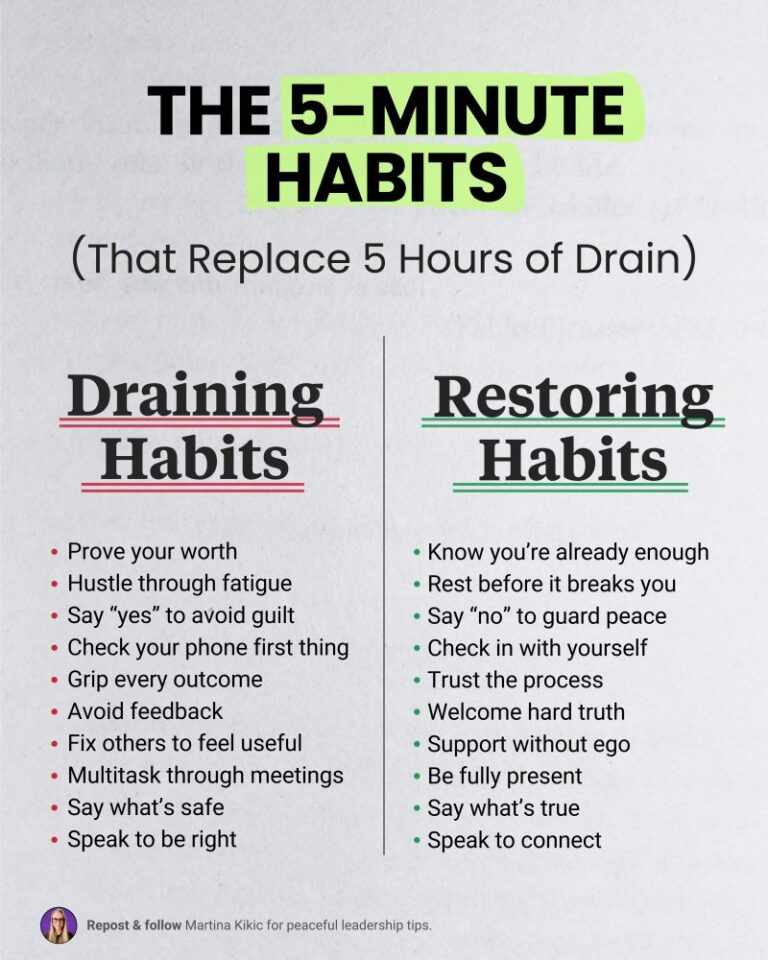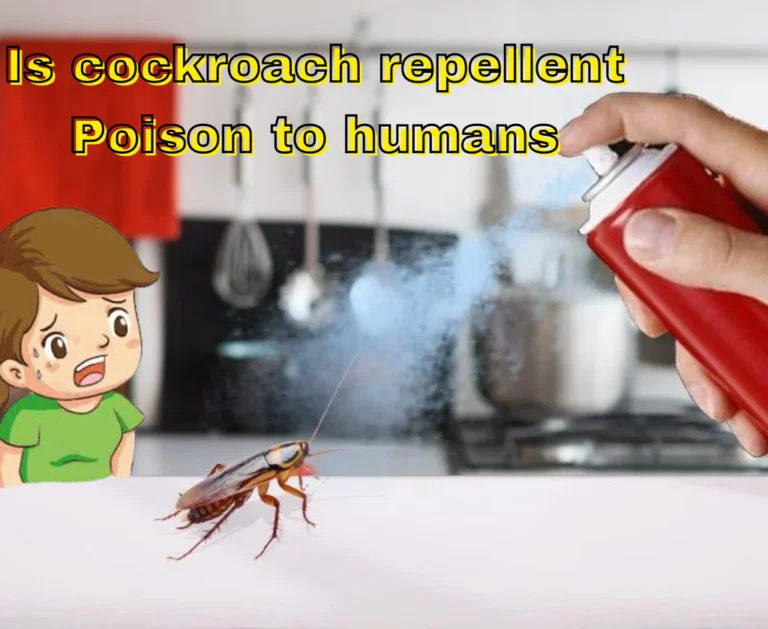
When sudden red, swollen, itchy rashes develop on body parts such as the face, arms and legs that are not covered by clothing, often during or immediately after spending time outdoors, fly and insect bites come to mind. This condition is more severe in some adults, especially children who are prone to allergies, and water-filled blisters can develop and can disrupt quality of life.
Dermatology Specialist Dr. Didem Kazan explained what can be done for fly and insect bites and how to protect yourself from them.
Depending on the season, mosquito, louse, flea, firefly, caterpillar, bedbug and mite bites are common, especially in hot weather. These insects suck a certain amount of blood after biting the human body, and also leave their own saliva and secretions on the human body. As a result of the allergic response to these secretions, red, swollen, itchy lesions may develop. At the same time, this transmission may cause the spread of infectious diseases such as malaria. In some poisonous insect and bee stings, this reaction can be very severe, accompanied by intense edema, fever, pain and blistering. Especially in people with atopic dermatitis and in addition to lesions caused by very severe itching, bacterial infections may be added or may cause long-term itching disease (prurigo nodularis).
In addition to flies, watch out for caterpillars and bedbugs!
It is quite difficult to determine which insect or fly the itchy lesions that develop after the bite belong to, but some findings can provide clues. For example; dark red dots that develop in the shape of train tracks are more common in caterpillar bites, and red bumps that follow each other are more common in bedbug bites. In addition, cat and dog mites can also cause similar itchy lesions in humans.
5 precautions to protect yourself from bites
Before going outdoors, you can use organic fly repellents such as basil, lavender, lemongrass and eucalyptus.
Before outdoor use, the use of perfumes and colognes, especially those with flower essences, should be avoided.
If possible, long-sleeved blouses and thin trousers should be preferred.
When sitting in parks and gardens, if possible, do not sit directly on the grass; chairs and blankets should be used.
Using mosquito nets and installing fly screens on windows are very effective in protecting against bites in closed environments such as homes and workplaces.
What can be done after bites?
What can be done when a fly or insect bite develops despite all these precautions can be summarized in 5 steps as follows;
The bitten area should be washed immediately with cold water and soap.
Scratching the lesions with nails should be avoided.
If the redness and swelling are severe, creams containing mild to moderate cortisone can be used for 3-5 days.
If there are many bites and severe itching, antihistamine pills that reduce itching can be taken under the supervision of a doctor.
To prevent dark spots from forming on the bite areas, skin-renewing moisturizing creams should be used and sun exposure of the lesions should be prevented.
If your complaints do not go away despite all these treatments or if you have symptoms such as fever, fatigue, muscle pain, you can consult a Dermatologist for advanced treatment at an earlier stage.







